5. Regional water culture
Five indices are used to investigate the whole picture of a river environment,
including the river water, the living things, the scenery, and its use in our daily lives. Each index
has three to five items (called separate indicators) used to investigate the river condition.
Evaluate each separate indicator on a scale of 3 to 1 by observing the river conditions.
If possible, write the reasons why you chose your ranking.
You can start with any indicator that seems appropriate.
5. Regional water culture
This represents the relationship between the water environment and the people.
*For more detailed information,
please refer to the Ministry of the Environment manual "
Let's go to a river together! (PDF)".
(1) History and culture
Have you ever heard stories related to the river?
Investigate historical and cultural stories about the river, and how they are preserved and handed down. What are historical and cultural characteristics of the regional water environment and important things/matters for the local people? Investigate the relations between the river and the regional culture.
[Tangible resources]
Research on historical sites, monuments, structures inscribed with poems, monuments, museums, and
literatures, etc. Let’s ask the local people or visit the site.
1) Water control and water utilization
Old river channel, road, bridge, riverbank, ferry
station, old water control structure (open levee, flood prevention forest, etc.), water intake
weir, water diversion weir, moat, small bay
2) Plants and animals
Riverside forest, line of trees, historic tree, plants and animals of
rare/precious species
3) Others
Cultural asset, shrine, stone Buddha, small shine for water god, poem & haiku
(Japanese poem) about the river, monument of literary works
[Intangible resources]
Scenic area, traditional event, custom, and festival which have been held for a long time in the
river and its surroundings, the floating lantern ceremony, traditional work related to the river
and its water, poem and literary work about the river, folktale, folklore, etc.
| Scale | Stories related to the river |
| 3 | Have heard many stories |
| 2 | Have heard some stories |
| 1 | Have heard no stories |
Find a stone monument or a monument to a song, and investigate it.
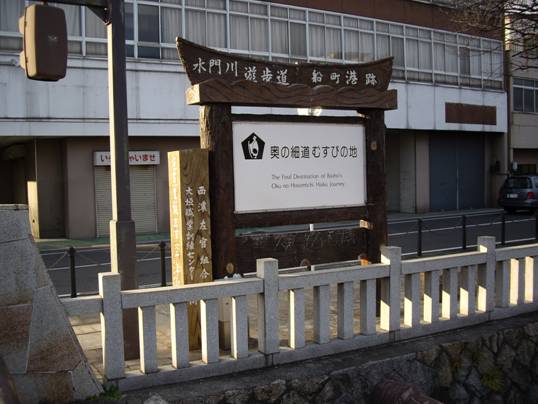
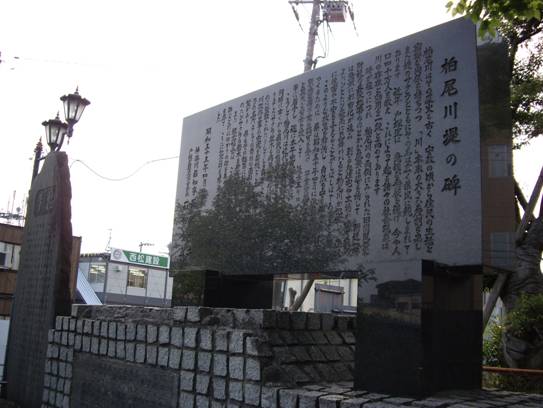
(2) Accessibility to the riverside
Is the riverside accessible?
A feeling of affinity for a river differs according to the accessibility of the river. Even if the riverside is accessible, you may feel a lesser affinity if you cannot go into the river and cannot touch the water. Investigate whether there are many access points to go to the river and touch the water.
| Scale | Accessibility |
| 3 | Accessible and can touch the water |
| 2 | Accessible but cannot touch the water |
| 1 | Cannot see the riverside |
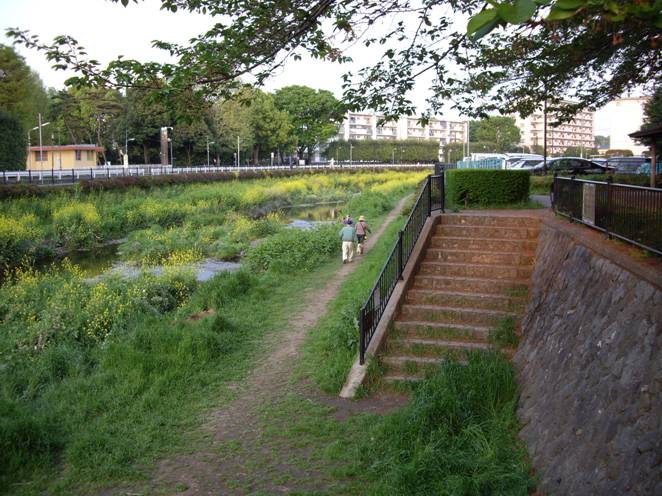
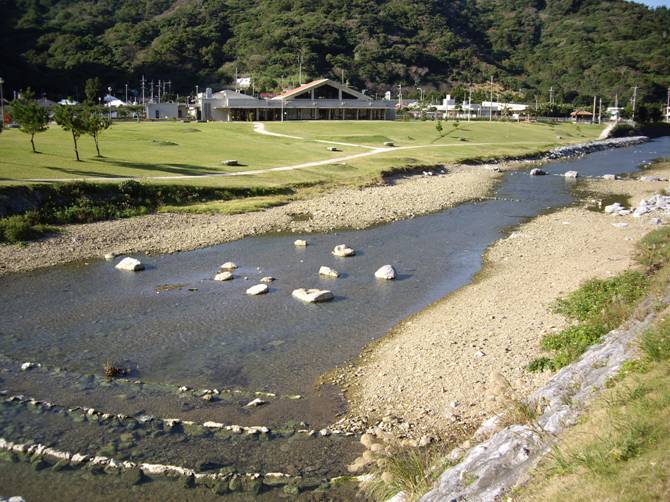
(3) Daily use
Do many people use the river or riverside?
Investigate how the local people use the river and its water. Do many people visit the river? How do they use it, for example, for walking, fishing, and sports? And where (along the riverside or in the water) do they use it?
| Scale | Daily use |
| 3 | Used by many people |
| 2 | Used by a few people |
| 1 | Not used |
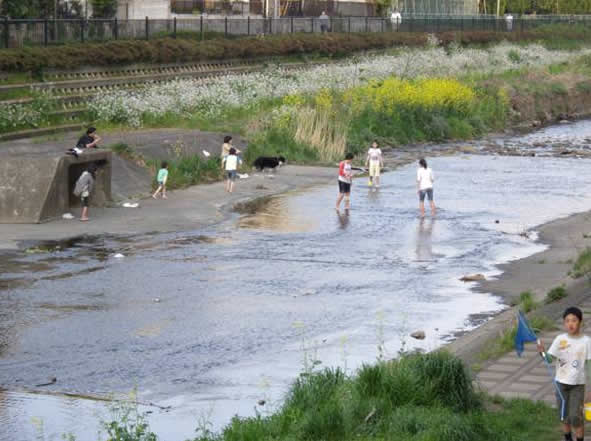
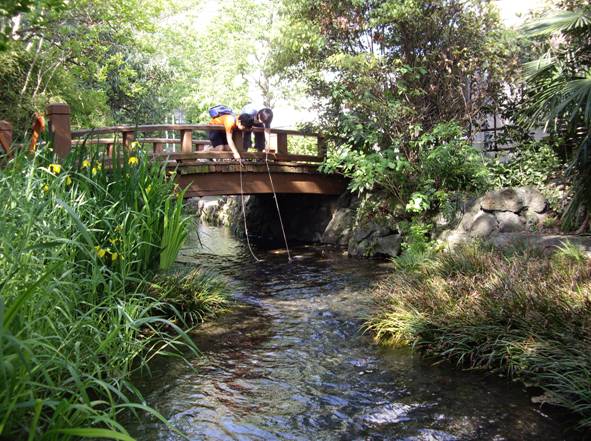


(4) Industrial activities
Are there any industrial activities affecting the river water?
Investigate how the water is used. Is it used by the local people for various activities, such as drinking, agriculture, fishery, industry, transportation by ship, and tourism? Where is the drinking water coming from and where is it going after we use it? Investigate what industrial activities occur on the river. Observe the river and read signboards along the riverside. (Do you see tourists coming to the river? Are people fishing in the river?)
| Scale | Industrial activities |
| 3 | The river is fully used for important activities (e.g., for drinking water, agriculture, and fishery) |
| 2 | The river is used for some activities |
| 1 | The river is not used |
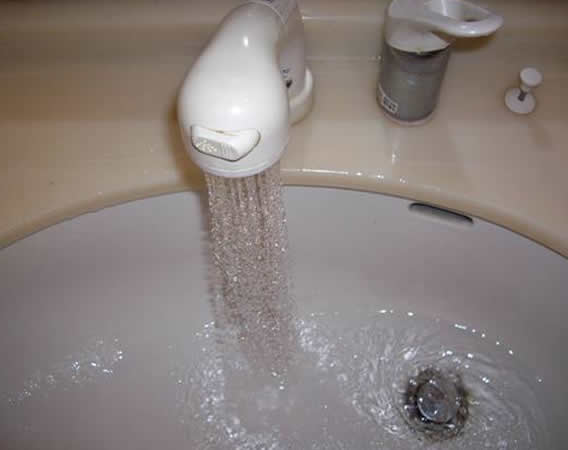
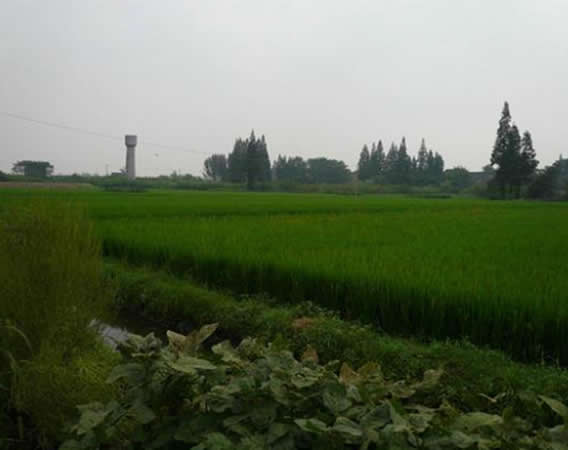

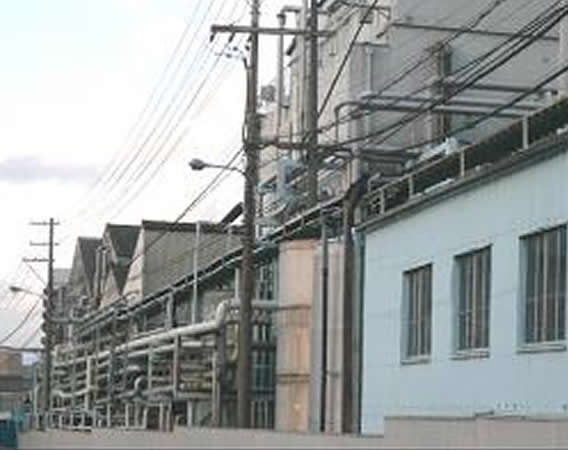
(5) Environmental activities
Are there any environmental activities on the river?
Are there any citizens' groups conducting environmental protection activities or environmental education programs on the river? Is the river used for integrated school studies? Let's investigate various environmental activities for the river.
[Before visiting the field]
Go to the information center in the city office or the citizens' activity support center to read
brochures/materials about environmental preservation activities and nature observation tours in
which you can obtain information concerning environmental groups and their activities. Access the
websites of these groups to see the details of their activities. Make a map to show the locations
of the activities (the locations on the river) of these environmental groups.
[Field survey]
Investigate what environmental preservation activities and nature observation tours are being
conducted. If you have no opportunity to see their activities in the field, you may collect some
information from a guide plate for visitors or a biotope signboard installed along the riverside.
Choose the appropriate scale according to the number of environmental groups and their activities.
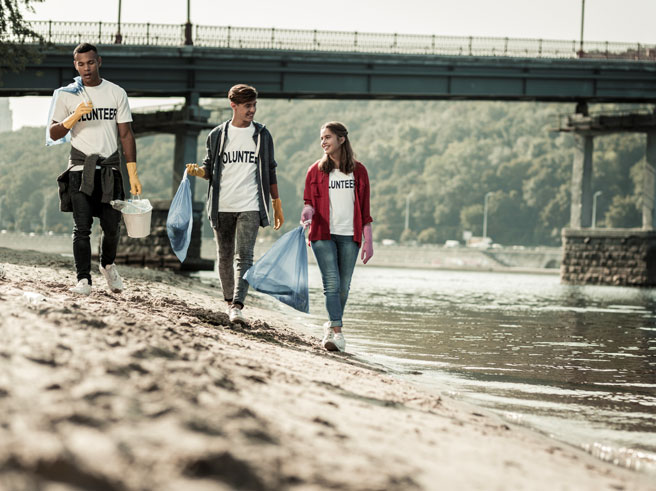
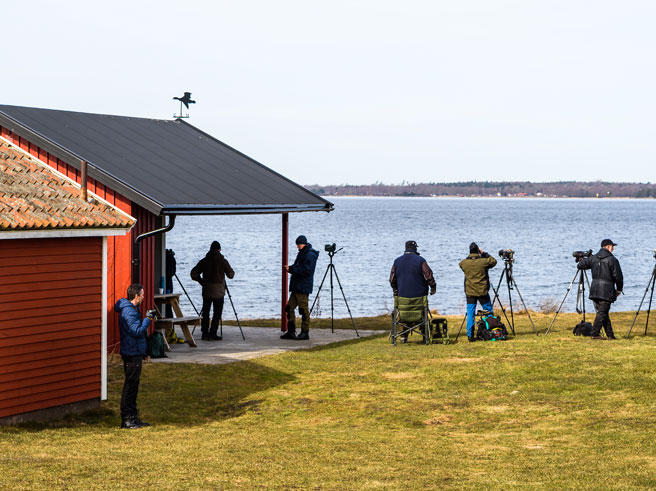
All photos shown here are of rivers in Japan. When the number of overseas surveys increases in the future, we plan to present photos of overseas rivers here. We hope that with your cooperation, surveys will be conducted widely around the world.
Contact Us
Please feel free to contact us if you have any questions about how to use "Mizube Go!" or how to use it for environmental learning.


